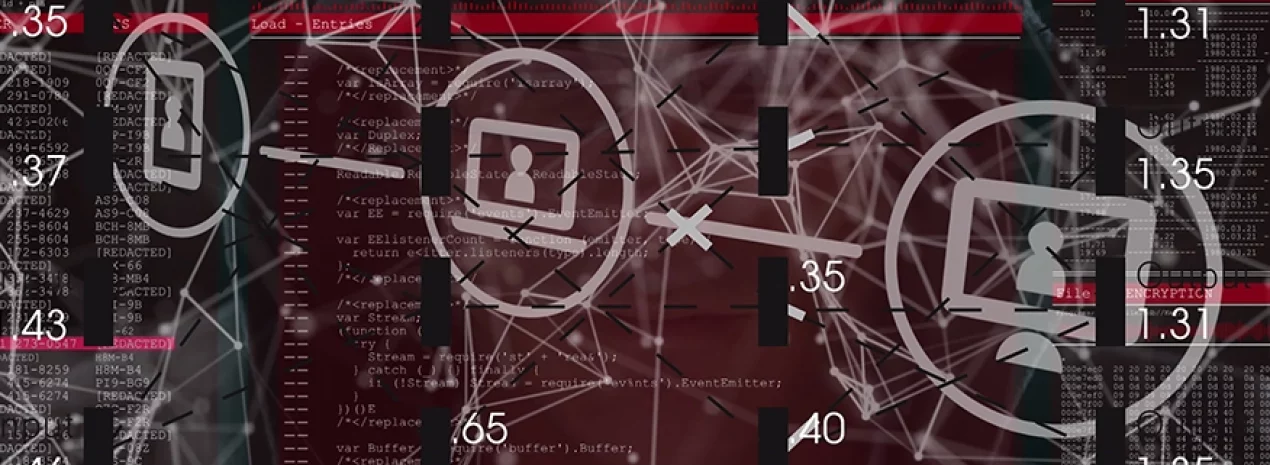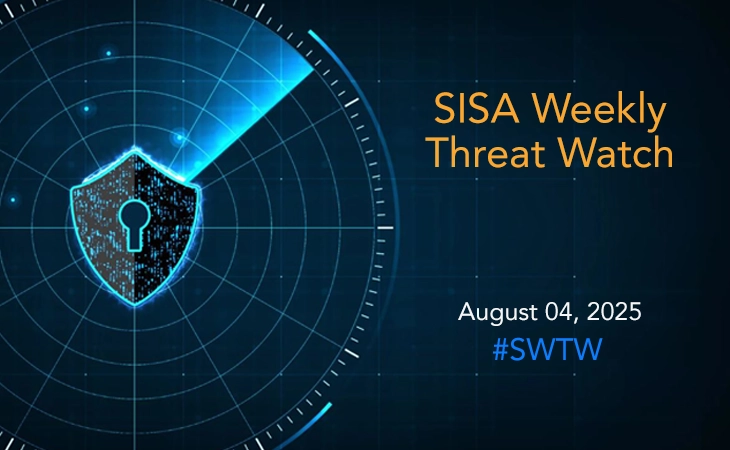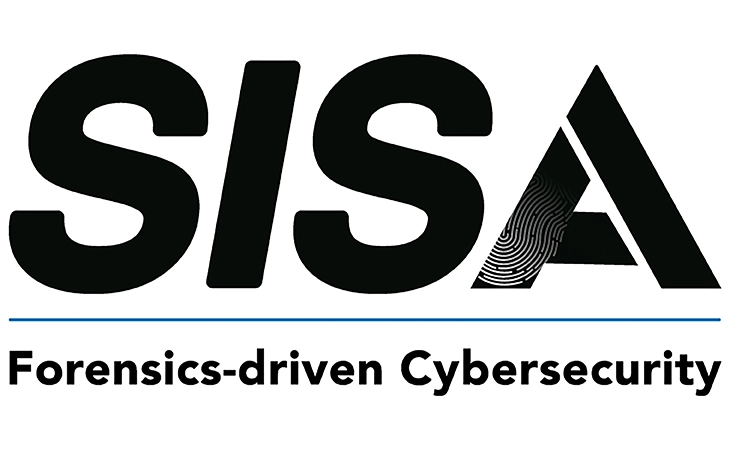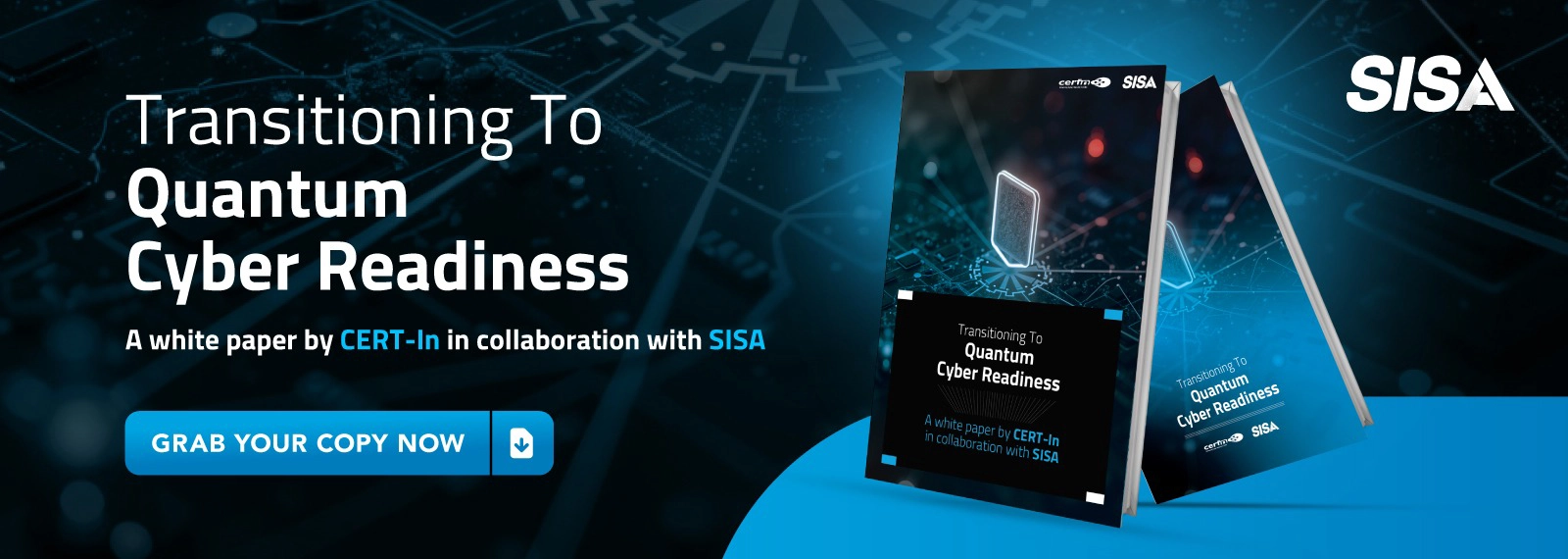
What Is PCI Penetration Testing? Do You Need It for Your Organization?
When a single payment card data breach can cost over $4.88 million, protecting cardholder data is non-negotiable. The financial hit is just the start. Businesses also face customer loss, regulatory action, legal exposure, and years of reputational damage. For any organization handling payment card data, this is a business reality, not just a security problem.
PCI penetration testing sits at the center of this defense strategy. It’s not simply a compliance requirement. It’s the test that validates whether your defenses hold up against real-world threats.
Where PCI Penetration Testing Fits in PCI DSS
The Payment Card Industry Data Security Standard (PCI DSS), created by major card brands like Visa, MasterCard, and American Express, governs how organizations store, process, and transmit cardholder data. If you handle payment data, PCI DSS applies—regardless of your size or transaction volume.
The standard is built around 12 core requirements covering network security, access controls, vulnerability management, monitoring, and policies. Penetration testing comes into play as part of Requirement 11.3, acting as the independent check on whether your controls work as designed.
The risk of non-compliance goes beyond fines. Monthly penalties can range from $5,000 to $100,000, but the long-term business impact of a breach: lost customers, lawsuits, and reputational harm, often proves far more damaging.
What Makes PCI Penetration Testing Different?
Unlike broad security assessments, PCI penetration testing focuses on the Cardholder Data Environment (CDE): the systems, networks, and processes that directly handle or impact payment data. Its goal isn’t just identifying vulnerabilities but proving whether your controls can actually stop real-world attack scenarios.
PCI mandates that penetration tests happen at least annually, and after any significant infrastructure change. This obligation applies across all organizations subject to PCI DSS, from global payment processors to small merchants.
A proper PCI penetration test covers multiple layers:
- Network Layer: Testing firewalls, segmentation controls, and lateral movement paths into the CDE.
- Application Layer: Testing payment systems, web apps, and APIs for vulnerabilities like SQL injection, cross-site scripting, and authentication flaws.
- Wireless Networks: Validating Wi-Fi security, rogue access points, and encryption strength.
- Social Engineering: Assessing employee susceptibility to manipulation and physical security risks.
When Do You Need PCI Penetration Testing?
At minimum, penetration testing is required:
- Once every year
- After any significant change to infrastructure or applications impacting cardholder data
Significant changes include system deployments, architectural shifts, software updates, or security control modifications.
Your merchant level classification also determines testing expectations:
- Level 1 (6M+ transactions/year): Annual external testing by qualified third-party assessors.
- Levels 2-4: Annual testing still required but with some flexibility in assessor qualifications.
These rules apply not just to merchants, but also to service providers like cloud platforms, payment gateways, and third-party vendors who store or process cardholder data on behalf of others.
How PCI Penetration Testing Works
The process unfolds across six core stages:
- Scoping: Define which systems are in scope. Incomplete scoping is a common failure point.
- Information Gathering: Map systems, identify assets, and outline possible attack paths.
- Vulnerability Assessment: Use automated scans and manual reviews to identify weaknesses.
- Exploitation: Carefully attempt exploitation to validate the actual risk, without disrupting business operations.
- Reporting: Document vulnerabilities, business impact, and clear remediation steps.
- Validation: Re-test fixed issues to verify that vulnerabilities have been properly resolved.
Who Should Perform the Testing?
In some cases, qualified internal teams may conduct certain tests, particularly on isolated systems. But for most organizations, especially Level 1 merchants, external assessors bring critical advantages:
- Objectivity
- Compliance credibility
- Specialized expertise
- Broader exposure to evolving threat techniques
Selecting the right provider requires more than just checking for certifications. Look for assessors with:
- Demonstrated PCI DSS experience
- Strong methodology aligned with PCI Council guidance
- Clear, actionable reporting that supports both compliance and security operations
The Business Value Behind PCI Penetration Testing
While compliance may be the driver, the broader business case is compelling:
- Prevention Beats Reaction: Finding vulnerabilities before attackers do is far cheaper than dealing with a breach.
- Reduced Financial Impact: The cost of a thorough penetration test is tiny compared to the multi-million dollar price tag of an actual breach.
- Competitive Advantage: Customers increasingly choose vendors who can demonstrate strong security.
- Insurance Requirements: Many cyber insurance policies now expect documented penetration testing as part of coverage.
Common Pitfalls and How to Avoid Them
- Incomplete Scoping: Without a clear map of your payment data flows and system interconnections, you risk testing the wrong environment.
- Operational Disruption: Testing should be coordinated to avoid downtime while still thoroughly simulating real-world attack methods.
- Poor Prioritization: Focus remediation efforts on vulnerabilities that pose direct risk to cardholder data first.
- ‘Check-the-box’ Mentality: Annual penetration testing gives you a snapshot; true security comes from continuous monitoring, change management, and vulnerability management throughout the year.
It’s Not Optional, It’s Essential
If you handle payment card data, PCI penetration testing isn’t something you do when it’s convenient, it’s required. Regulators demand it. Customers expect it. Your business depends on it.
Even for organizations not formally subject to PCI DSS today, payment data remains one of the most lucrative targets for attackers. Skipping specialized testing creates unnecessary exposure that no business can afford.
Validate Your Security
PCI penetration testing validates whether your defenses can hold up when real attackers come knocking. It’s not about passing an audit, it’s about protecting your customers, your business, and your future.
Compared to the cost of breach recovery, lawsuits, and customer churn, PCI penetration testing remains one of the most affordable and impactful security investments any payment-processing organization can make.
The question isn’t whether you can afford PCI penetration testing—it’s whether you can afford to skip it. If you’re interested in validating your security with PCI penetration testing, get in touch with us.
Latest
Blogs
Whitepapers
Monthly Threat Brief
Customer Success Stories
 USA
USA India
India APAC
APAC Middle East
Middle East Global
Global






 Facebook
Facebook Linkedin
Linkedin  X
X Youtube
Youtube







